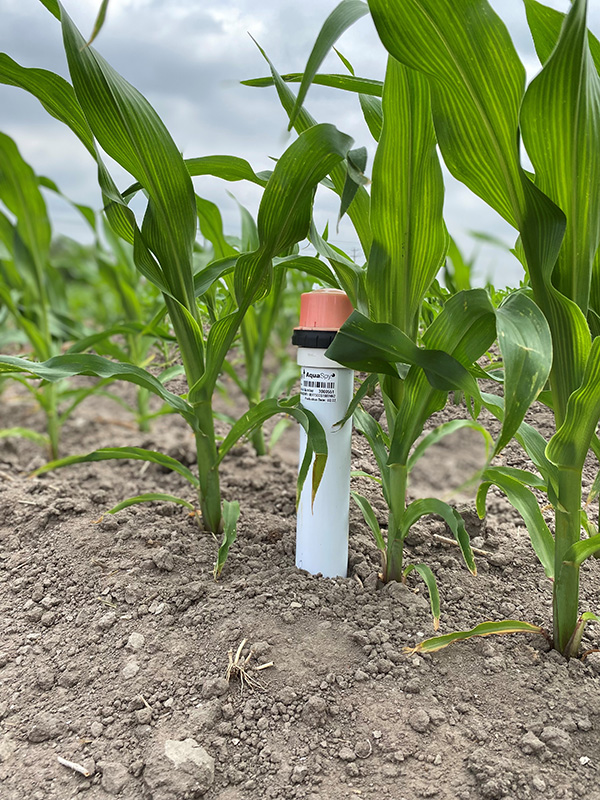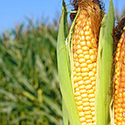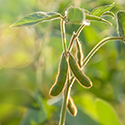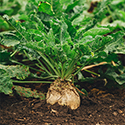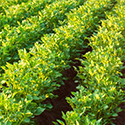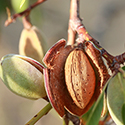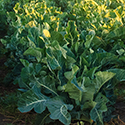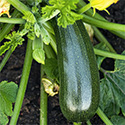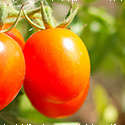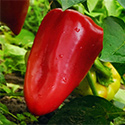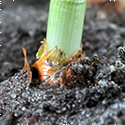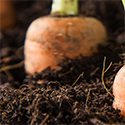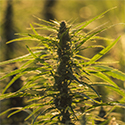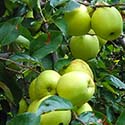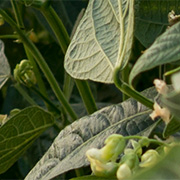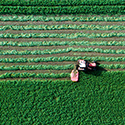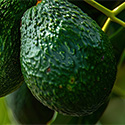How to grow corn
- 1.9 Billion metric tons harvested last year
- US is the world’s largest producer with 345 million metric tons
- Iowa, Illinois and Nebraska are the lead producers
- 84 million acres planted in the US for grain
- 6 million acres planted for silage
- 99% of corn grown in the US is for feed, fuel or industrial
Growing corn
- Almost all corn is planted from purchased hybrid seed
- Corn is usually planted as soon as possible after winter when ground temperature is above 60° F
- The majority of corn grown in the US is dryland farmed (no irrigation)
- Typical effective root zone is 24”
- Depending on weather, harvest is 60-100 frost-free days after planting
- Midwest farmers often rotate corn with soybean to reduce the amount of nitrogen fertilizer they must add
- Many hybrid corn seeds are modified for resistance to herbicides and diseases
- Critical periods for adequate water are tasseling, silking and early stages of ear development
- A hybrid double corn stack is bred for more than one trait e.g. a bred to resist rootworm and be herbicide tolerant (triple stacks exist also)
The market for corn
Every month the USDA releases its World Agricultural Supply and Demand Estimates (WASDE), a comprehensive forecast of the available supply and demand for important crops. Production estimates are traditionally stated in bushels, whereas the sale of commodities such as corn worldwide is measured in metric tons. The conversion for most crops is unique, as different crops do not all weigh the same per bushel. For corn, with a weight per bushel of 56lbs., divide 56 into 2024 lbs./MT to get about 36.4. Divide that into the total number of bushels, for example the WASDE estimates that the total US corn crop for 2020/2021 will be about 2.6 billion bushels, so divide 2.6 billion by 36.14 to get about 719,424,000 metric tons. USDA predicts that China will try to raise its imports of US corn from 10.6MMT to as much as 17MMT and may try to increase the low Tariff Rate Quota (TRQ) to avoid paying a higher price. With this increase, China may still be in the middle of the pack, with Japan, Mexico and South Korea leading the way in countries that import US corn. US Farmers can sell corn through the growing season on the corn futures market, where a grower and a buyer agree of a set price for delivery of a specific quantity prior to harvest. These prices are informed by the Spring Price Guarantee, which establishes the price that crop insurance will pay per bushel for lost crops. There may also be a Fall Price Guarantee. Farmers use a variety of strategies to market their crop. Most sell at least some as futures, but many still wait until it is in the bin to do serious marketing.
Challenges growing corn
Total worldwide production of row crops increased dramatically with the introduction of Glysophate (Roundup) resistant seed, which allowed growers to control weeds during most of the growing season. During the last few years, in the US and many other parts of the world, herbicide resistant weeds have appeared and flourished. Climate change and severe weather/drought have impacted harvests worldwide. A 2020 windstorm (derecho) caused the loss of 43% of Iowa’s corn/soybean crop.
Apart from these global influences, raising row crops has unique challenges every season. For corn in the US, planting in late May or June is generally ideal, as corn requires 60-100 days to mature. When the ground does not thaw in time for early planting, a grower may need to switch from full-season hybrid seed to a shorter season seed to avoid fall frost. Following germination, regular supervision is required to guard against pests and disease. High temperatures at tasseling can cause sterility. For dryland farmers, sustained drought during maturation can severely limit yield. Farmers relying on irrigation need to monitor soil moisture and salinity to avoid overwatering/underwatering and excess salt. Overwatering can lead to the runoff of vital nutrients and fertilizer inputs, while persistent underwatering can take plant energy away from growth as it fights to get enough water.
Maximum yield is not always profitable. To realize a profit every growing season, successful growers need to manage purchased inputs (hybrid seed, fertilizer, herbicides, pesticides etc.) and water to optimize their corn crop. They also need a market strategy for selling their crop during the growing season at favorable prices.
Contact AquaSpy
AquaSpy for Corn
With a Crophesy annual subscription, you receive a free simple, three-sensor, wireless, soil moisture probe. Place these rugged, water-tight probes throughout your corn field and connect them to the app via your smartphone.
Then you can instantly monitor soil and crop health for all of your corn. And if you want to test the soil in other areas, you can quickly and easily move the moisture probe, which is battery-powered and provides season-long insight.
While you can look at the visual analysis of leaves, spending hours in your field, Crophesy enables you to open your app from anywhere and show you what kind of nourishment is available in your soil at your corn crop root depth. With this data, you can determine when the active root zone needs vital nutrients.
In addition to nutrient data, the Crophesy app can show you:
- Moisture consumption at the root level
- Salinity level in the active root zone
- Root depth
- Soil temperature near the sensors
- Irrigation depth
And it tells you all this without you having to step foot in your corn field.
